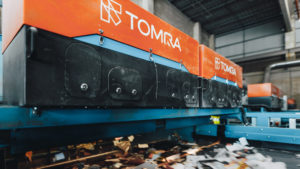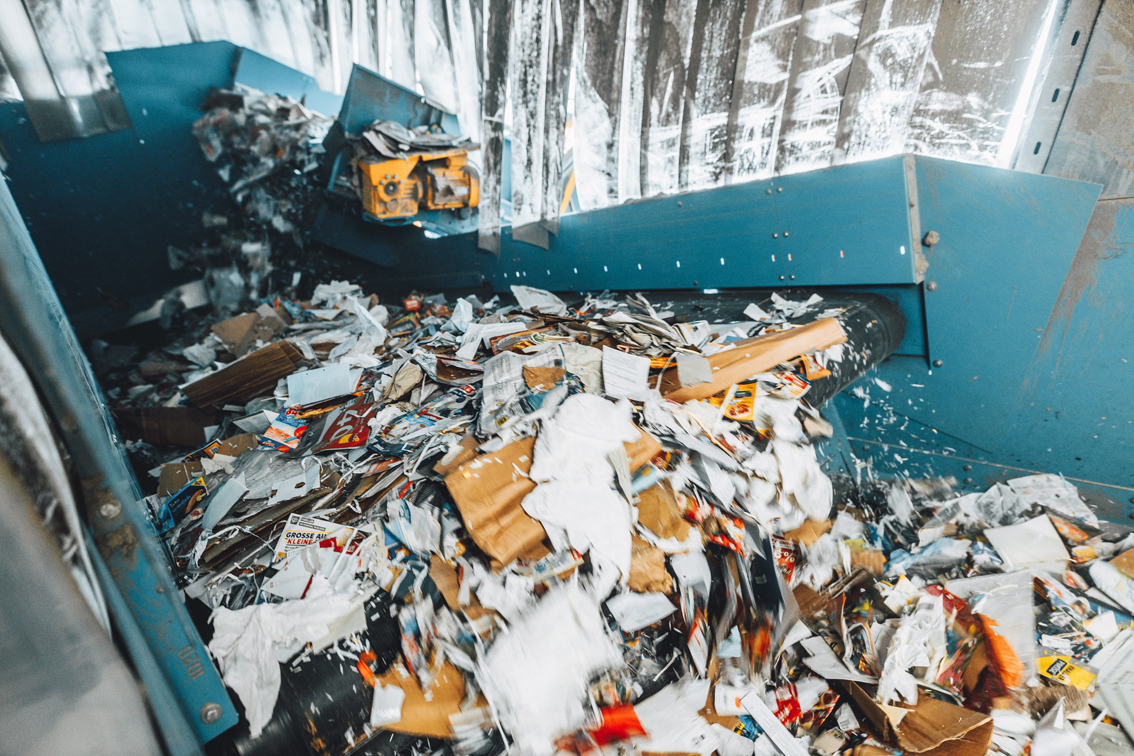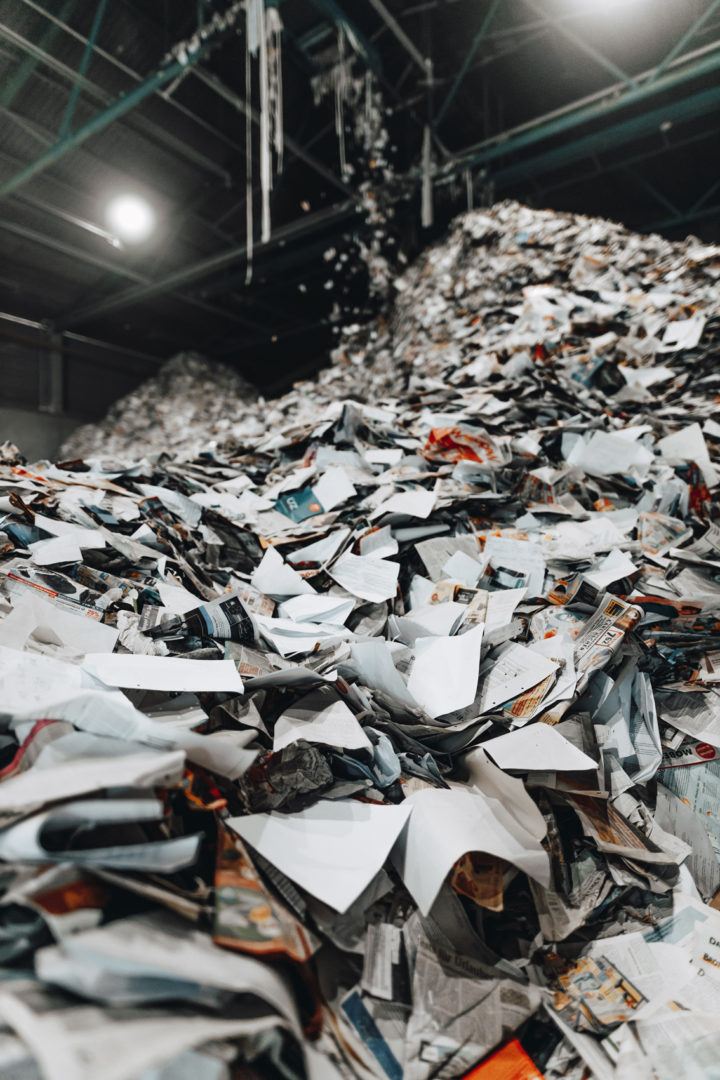Latest generation Autosort boosts paper recycling

Prior to the integration of the latest Autosort models, Koppitz used Tomra’s previous Autosort models in a fully automated production process to sort several types of secondary raw materials from household mixed paper, such as newsprint, corrugated base paper and sanitary papers.
When a fire broke out in the plant, swift action was required to resume operations as quickly and efficiently as possible, while also keeping the costs of the damage to a minimum. “In the aftermath of the fire, our longstanding and trusted partner, Tomra Sorting Recycling, immediately offered their support, helping us to redesign the plant as well as providing us with the most advanced sensor-based sorting technologies available on the market today. This fantastic support further demonstrates that we made the right decision when choosing Tomra as our technology partners all those years ago,” said Plant Owner and Manager, Jürgen Koppitz.
Within a very short space of time, the plant, including the seven new Autosort units, was successfully rebuilt, reopening at the beginning of 2020. Thanks to the compact and flexible design of the Autosort units, they were easily integrated into the new plant to ensure optimal performance.
Thomas Heder, Sales Manager Central Europe at Tomra Sorting Recycling, explains: “We wanted to help Koppitz by offering both our technical expertise and design support to ensure optimal operations when the plant reopened after the fire. The flexible nature of our Autosort technology means it can react to the often complex and changing market requirements.
As a result, considerable efforts were made on our part to deliver the latest generation Autosort – which was still under development at the time – in time for the plant’s rebuild.”
Autosort in the sorting process

Vast amounts of paper are delivered to Koppitz’s plant daily and sorted into different products. The main sorting stream – the material for deinking (newspapers, magazines, brochures, etc) – is fed into the sorting process and passes through several steps. Firstly, large cardboard boxes are sorted in the coarse screening process, while smaller materials are sorted in the fines screening process. The remaining cardboard and other impurities are then sorted by the seven new Autosort machines. Six of the units are programmed to eject unwanted contaminants, such as cardboard, cartons and polymers, using precise and powerful air jets, while the seventh unit recovers deinkable materials.
Once sorted and recovered, the deinkable material can be used in subsequent steps to manufacture various new paper products. In total, the sorting system processes more than 50 tonnes of material per hour, making a significant contribution to bringing large quantities of deinkable materials back into circulation.
The latest generation Autosort
Following continuous optimisation and further development of the long-established Autosort machines, Tomra Sorting Recycling launched its latest generation Autosort in June 2020, paving the way for resolving even the most complex of sorting tasks. The Autosort combines the most advanced sorting functions and technologies available today in one machine.
Tomra’s patented Flying Beam technology is integrated into the Autosort unit, guaranteeing an excellent, homogeneous light distribution. This ensures better detection and monitoring of the entire conveyor belt width of 2800mm, thus allowing more contaminants to be detected and ejected. Furthermore, equipping the latest Autosort machines with Tomra ‘s Sharp Eye technology ensures an improvement in light efficiency and sorting sharpness, facilitating the separation of difficult-to-sort fractions.
Philipp Knopp, Product Manager at Tomra Sorting Recycling, explains: “The colour differences of the paper fractions in the main infeed material stream are often only minimal, which makes the exceptional precision of the Autosort in differentiating between them a major advantage. Consequently, over-sorting and the exclusion of recyclable materials can be avoided.”
The Autosort units are extremely versatile and offer a number of advantages, as Jürgen Koppitz explains: “We’ve worked with Tomra ‘s Autosort units for a long time now and have always found them to be easy to operate and very adaptable to meet changing needs. This is particularly beneficial in the deinking process due to the continuously composition of the infeed mixed paper.”
Optimally equipped for deinking challenges

Deinking – the removal of printing inks from waste paper such as newspapers and other printed products – is essential when it comes to conserving resources and promoting recycling. Producing just one tonne of recycled paper can save 17 trees, 5,443 litres of oil (1,438 gallons), 4,000 kilowatts of energy, 100,313 litres of water (26,500 gallons), 2.7 cubic metres of landfill space and 700 kg of CO2 emissions.
The difficulty, however, lies in the changing composition of recovered paper, not least because of increasing digitalisation in the paper manufacturing and a shift in purchasing behaviour towards the digital market. Also, the volume of cardboard in the plant’s infeed material is increasing sharply – rising from 25% to almost 50%.
Jürgen Koppitz concludes “Our goal is to increase both the quantity and the quality of the output material and to ensure contaminant content doesn’t exceed 3%. We are confident that with the new Autosort machines in place and our continued close collaboration with Tomra Sorting Recycling, we will be able to achieve this target.”